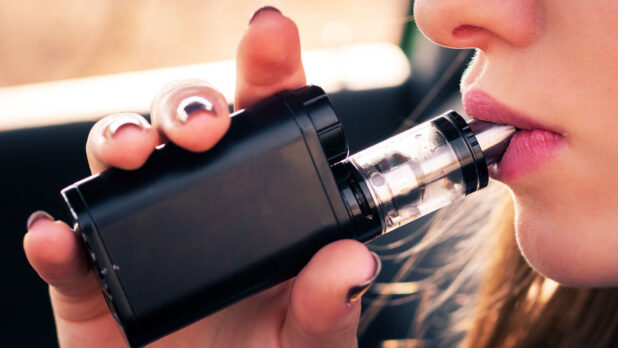The allure of vaping as an alternative to traditional smoking has been capturing worldwide attention in recent years. Primarily driven by the public’s growing health consciousness and the advancement in vaping technology, it has emerged as a preferable option for many smokers.
Compared to smoking, which involves burning tobacco and inhaling harmful smoke, vaping involves inhaling aerosol, commonly referred to as vapor, created by heating a liquid. The relative harm reduction, along with the myriad flavor options, makes it an appealing prospect for those wanting to quit smoking.
Table of Contents
1. Researching Vaping Options
Diving into the vaping world necessitates a solid foundation of knowledge and understanding of these devices and e-liquids. A multitude of vaping devices are available in the market and each vape store has different products, ranging from straightforward vape pens to more intricate pod systems or box mods. Each of these devices offers a unique experience and is suitable for different user preferences.
For beginners, it’s advisable to choose a device that aligns with their comfort level and vaping style. The correct nicotine strength is equally vital in replicating the nicotine hit of a cigarette, hence facilitating the transition.

2. Understanding the Basics
Grasping the fundamental aspects of a vaping device and its operation is paramount for a seamless vaping experience. A typical device comprises a battery, a tank or pod holding the e-liquid, and a heating element known as an atomizer. The device heats the e-liquid to produce vapor, which is then inhaled.
Two prevalent inhalation techniques exist – mouth-to-lung (MTL) and direct-to-lung (DTL), each offering different sensations and suiting varied user preferences. Regular cleaning and proper maintenance of the device components ensure optimal performance and prolong device life.
3. Gradual Nicotine Reduction
The concept of gradual nicotine reduction is central to a successful transition from smoking to vaping. It’s advisable to start with an e-liquid strength that closely matches your current smoking level to satisfy nicotine cravings effectively.
Over time, you can progressively lower the nicotine strength, thereby reducing nicotine dependence while minimizing withdrawal symptoms. During this reduction phase, it’s common to experience mild discomfort or cravings, but these usually subside with time.
4. Finding the Right E-liquid Flavors
One of the highlights of vaping is the abundant array of e-liquid flavors available, from classic tobacco and menthol flavors to creative blends of fruits, desserts, drinks, and more.
These flavors can significantly enhance the whole experience, making it an enjoyable journey rather than a mere smoking substitute. It’s encouraged to experiment with various flavors to discover the ones you prefer.

5. Building a Support System
Embarking on the transition from smoking to vaping can be daunting, making a robust support system incredibly beneficial.
Friends, family, and even online vaping communities can provide motivation, advice, and shared experiences, significantly easing the transition process. Having a ‘vaping buddy’ to journey with you can make the experience less intimidating and more enjoyable.
6. Managing Cravings and Triggers
Transitioning to vaping often involves grappling with persistent nicotine cravings and various smoking triggers. Developing effective strategies to manage these challenges is essential for a successful transition.
Techniques like distraction, deep-breathing exercises, or finding healthier habits such as regular exercise, meditation, or engaging in hobbies can be beneficial.
 World Magazine 2024
World Magazine 2024






